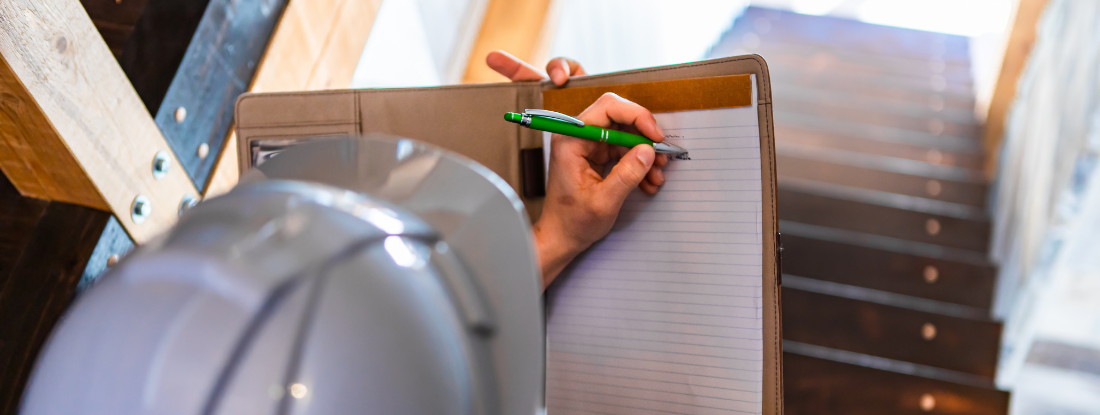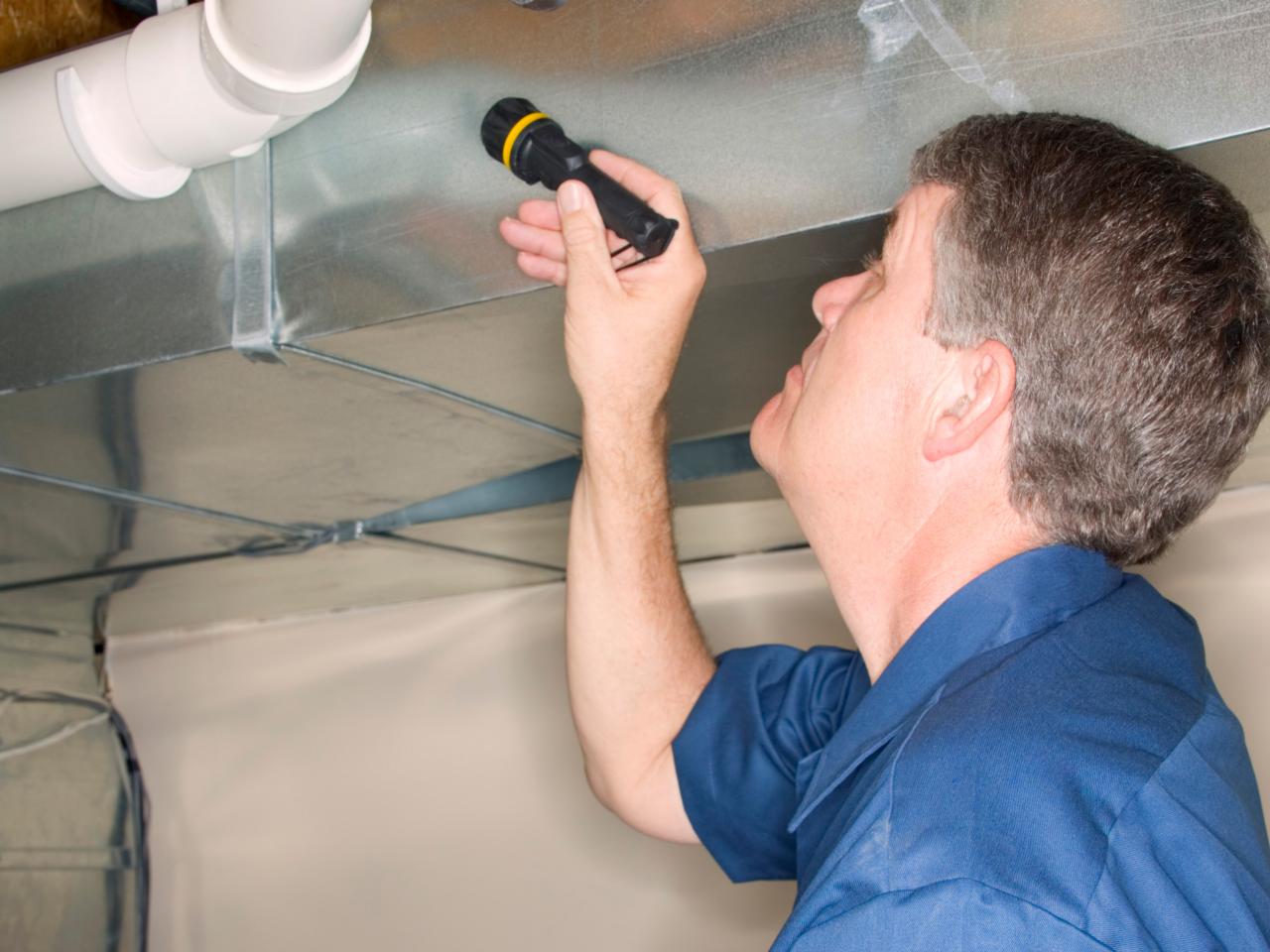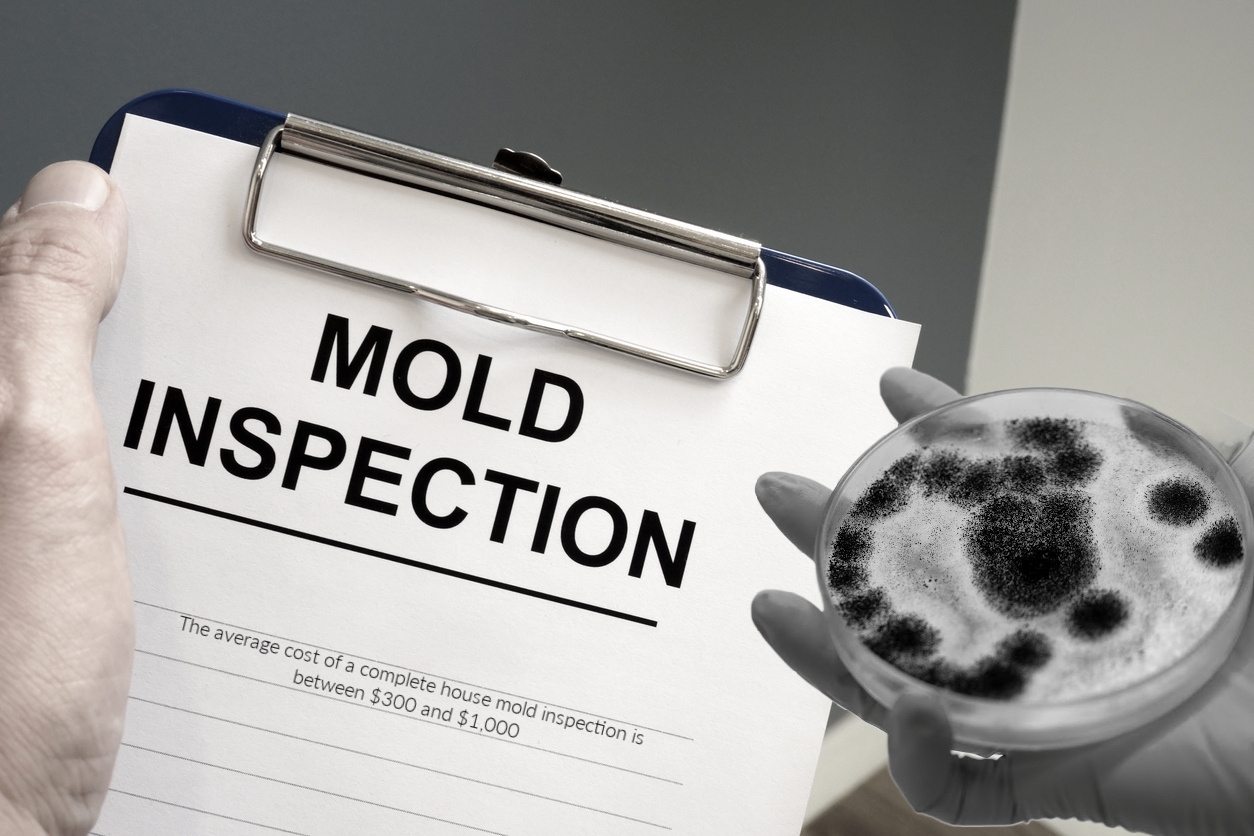Testing Air Quality After Mold Remediation
Testing Air Quality After Mold Remediation
Blog Article
Your Ultimate Guide to Post Mold And Mildew Removal Methods
In the consequences of mold and mildew infestation, understanding how to successfully eradicate the mold and mildew and stop its reoccurrence is vital for maintaining a healthy and balanced interior environment. From selecting the ideal cleansing and disinfecting techniques to applying strategies for long-lasting mold and mildew avoidance, each action in the remediation journey plays a critical role in guaranteeing an effective end result.
Understanding Post-Mold Remediation Process
After completing the mold remediation procedure, it is crucial to recognize the post-mold remediation techniques that are essential to make certain a detailed and efficient cleaning. As soon as the mold and mildew has actually been removed, the next action entails cleaning and decontaminating the impacted areas to prevent any regrowth of mold and mildew. This includes utilizing specialized cleaning up agents to wipe down surface areas and eliminate any type of remaining mold spores. It is necessary to dry the area totally to dissuade the development of mold in the future (Post Remediation verification). Proper air flow and dehumidification can assist in this procedure.
Furthermore, carrying out a final examination post-remediation is important to make sure that all mold and mildew has actually been efficiently eliminated. This inspection should involve a complete visual check along with possibly air sampling to validate the absence of mold spores airborne. If the evaluation exposes any kind of lingering mold, extra removal may be necessary. Enlightening owners on preventive actions such as controlling moisture levels and promptly addressing any water leaks can aid keep a mold-free setting.
Reliable Cleaning Up and Disinfecting Approaches

Avoiding Future Mold Development

Relevance of Appropriate Ventilation
Correct ventilation plays an essential duty in stopping moisture build-up, a crucial element in mold and mildew growth within interior atmospheres. Effective air flow systems assist remove excess moisture from the air, decreasing the opportunities of mold and mildew spores locating the moisture they require to spread out and germinate. Without adequate ventilation, indoor areas can end up being a reproduction ground for mold, resulting in prospective wellness dangers and structural damage.
By guaranteeing appropriate air blood learn this here now circulation, air flow systems can additionally help in drying damp areas faster after water damage or flooding incidents, further deterring mold growth. testing air quality after mold remediation. In areas like washrooms, kitchen areas, cellars, and attics where wetness degrees often tend to be higher, mounting and keeping effective ventilation systems is important in preventing mold and mildew problems

Monitoring and Maintenance Tips
Offered the important function that proper air flow plays in preventing mold growth, it is essential to establish effective monitoring and upkeep ideas to guarantee the ongoing performance of air flow systems. Regular examinations of ventilation systems should be performed to inspect for any indicators of blockages, leakages, or breakdowns that might impede appropriate airflow. Monitoring humidity degrees within the residential property is also crucial, as high moisture can contribute to mold and mildew growth. Mounting a hygrometer can help track humidity degrees and alert homeowners to any type of spikes that might require interest. Furthermore, making sure that air filters are frequently cleansed or replaced is necessary for maintaining the efficiency of the air flow system. Applying a schedule for regular maintenance tasks, such as air duct cleansing and HVAC system assessments, can aid avoid problems prior to they escalate. By remaining alert and aggressive to the problem of ventilation systems, residential or commercial property owners can properly mitigate the risk of mold regrowth and preserve a healthy and balanced interior setting.
Conclusion
Finally, post-mold removal techniques are necessary for making sure a clean and safe environment. Recognizing the procedure, applying efficient cleaning and sanitizing approaches, avoiding pop over to this site future mold growth, preserving proper ventilation, and normal tracking are all vital action in the remediation process. By following these guidelines, you can efficiently get rid of mold and mildew and prevent its return, promoting a healthy and balanced living or working area for all occupants.
In the aftermath of mold infestation, knowing how to successfully eliminate the mold and mildew and stop its reoccurrence is vital for preserving a healthy and balanced indoor setting. When the mold has actually been removed, the next action involves cleansing and sanitizing the impacted areas to avoid any regrowth of mold - Post Mold Remediation Report. After eliminating visible mold growth, it is critical to cleanse all surfaces in the affected location to get rid of any kind of continuing to be this hyperlink mold and mildew spores. To better enhance mold and mildew avoidance actions, it is necessary to resolve underlying problems that originally led to mold advancement.Provided the vital role that appropriate ventilation plays in avoiding mold development, it is imperative to establish effective monitoring and maintenance pointers to ensure the ongoing functionality of air flow systems
Report this page